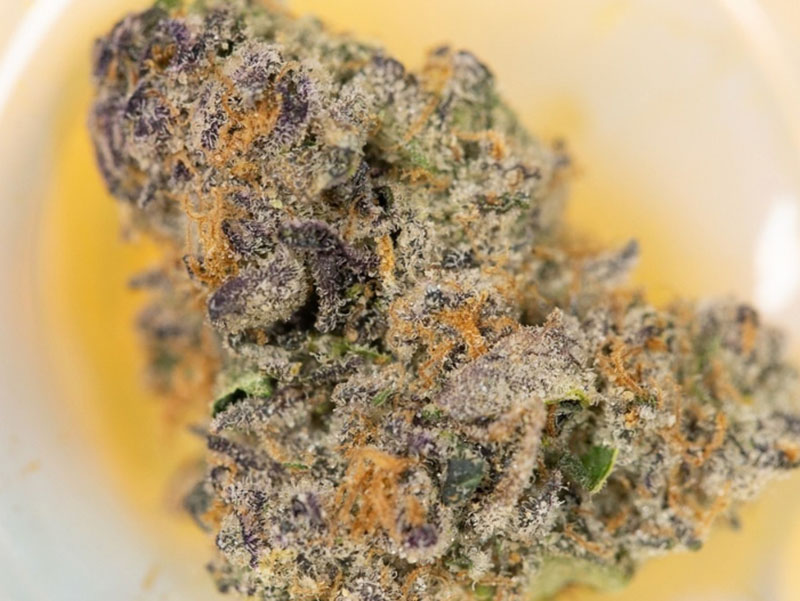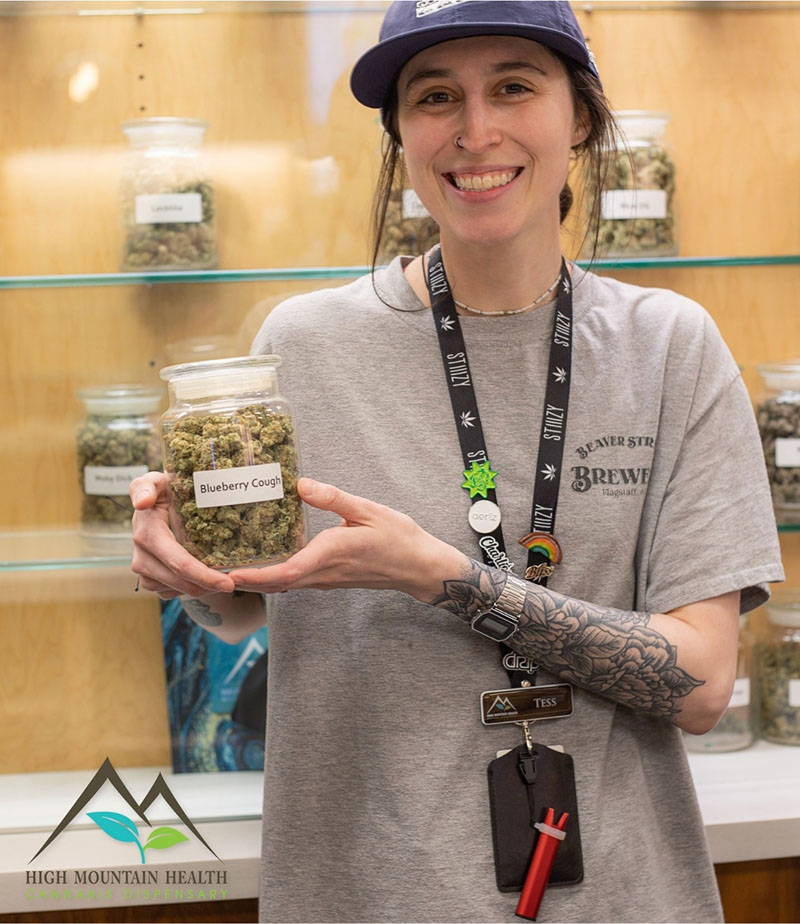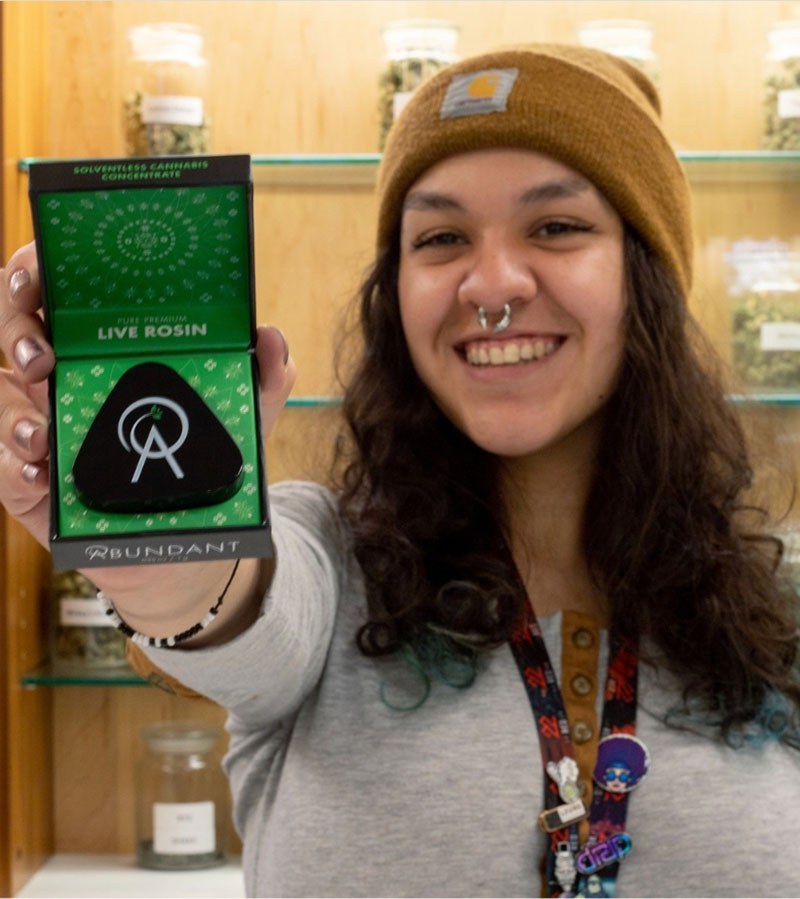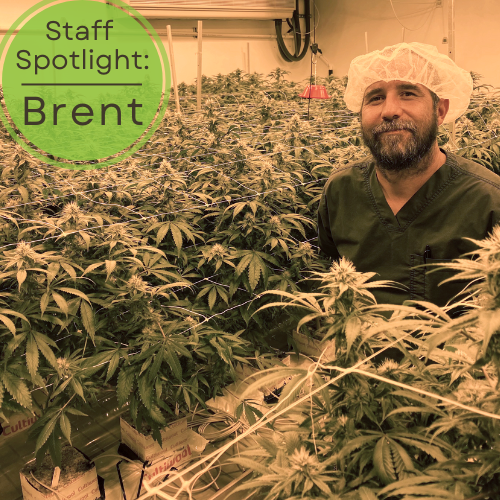- Global Diversity and Cannabis By Zachariah Finning
October brings us Global Diversity Awareness Month as a reminder of the beneficial impacts of diversity on society. Global Diversities are responsible for the mixing of cultures and customs we see all around the U.S. and world today. America has been known as the “great melting pot” and inclusion of all cultures is often promoted without question. This month, however, allows us to focus on celebrating our specific cultures’ individuality and uniqueness. Cultures often tend to reflect the natural conditions of one’s geographic location; from clothing, to shelter and even religions. All of which are inter-related in creating the basics of a culture or people. Cannabis strains, just like cultures, vary in their characteristics and attributes based upon their geographic location on earth. There are certain Land Race strains that are specific to distinct regions and climates on the planet. These Land Race strains are responsible for the original genetics which have helped to create the hybrids and mixed strains of today’s cannabis industry. Just like we assimilate and adapt certain parts of other cultures to make life better, easier, or more enjoyable, cannabis producers mix and match Land Race genetics to diversify and combine desired effects of the cannabis strains.
The term “Land Race” references the number of surviving strains of cannabis that naturally evolved in the geographic area in which they were originally located. Specifically, Land Race strains have stabilized over time as a direct result of natural inbreeding (S1). Land Race strains aren’t as few and far between as one might imagine. Some cannabis experts conclude that there are upward of 100 of these specific strains known today (S1). They all carry one specific attribute in common: Distinct differences between one another due to their geographic placement. These differences can include but are not limited to effects, aroma, appearance, and yield. Land Race strains hail from all over the globe. Afghanistan is best known for its famous Indica Afghan Kush, Africa sprouting its super sativa Durban Poison, and the Santa Marta Mountains of Columbia provide the elusive Columbian Gold (S1). Cultivators agree the best examples of cannabis sativa grow in regions as close to the equator as possible and at a higher elevation (S1). The drier climate and high elevation create the perfect setting for the sativa strains to thrive. Indica strains like Afghan Kush or Northern Lights originated somewhere in cooler damper climates like the Hindu Kush mountains or Pacific West Coast(S1). These Land Race strains leave traces of their lineage behind in today’s hybrids. An example of this would be strains that include the terms “Kush” or “OG”. These terms directly denote the regions from which they hail “Kush” referring to the mountain range and “OG” meaning Ocean Grown (S1). The modern cannabis industry owes its diversity in strains to the Land Race genetics that helped create them!
People have been adapting and combining cultures from all over the world since the beginning of modern times. The United states itself has a strong history of immigrants traveling from all different countries. In the thirty-year span between 1890 and 1920 the U.S. saw an influx of many immigrants from Europe and Asia (S2). These travels were motivated mostly by dreams of economic stability and political or religious freedoms. Shortly after immigrants started chasing the American Dream, they also started adopting each-others ways of life. The Irish saw assimilations in fashions, slangs, and even cultural norms (S2). Typically, when peoples start to adapt practices from another culture, they are doing so to make their quality of life increase. Whether the combining of cultures is for pleasure, necessity, or vitality it seems inevitable with the passage of time. Land Race strains would be considered the original “cultures” of cannabis. While the multitude of hybrid strains we see today would be the heavily combined and adapted versions of these original “cultural” genetics. With the modern industry serving both medicinal and recreational markets it is no wonder cultivators saw the need to create new strains of cannabis out of these sought-after Land Races.
The reasons behind creating hybrid strains are as numerous as the reasons we give and take from different cultures in our every-day life. Medicinal reasons could include pain relief without drowsiness, euphoria without anxiety, and the mixing and matching of desired terpenoid effects. The science behind crossbreeding the genetics of cannabis can become a little overwhelming but the basics can be easily understood. The main achievement of creating a hybrid strain is to retain specific wanted effects and features while negating the unwanted aspects of the strain (S3). As mentioned previously Land Race strains possess specific traits that can be attributed to their geographic placement, these traits can be wanted or unwanted depending on a cultivator’s goals and needs. Hybrid strains are bred for a multitude of reasons on the cultivation end including but not limited to size, terpene flavonoids, yield, disease or pest resistance, as well as specific cannabinoid features, percentage, and content (S3). One of the first known hybrids to be bred is known as “Skunk”, this was the first crossing of an Indica and Sativa strain first seen around the 1970’s(S3&S4). The original “Skunk” strain is bred by crossing Afghani with Columbian Gold, this hybrid offers up the increased creativity and high energy buzz of the Sativa while stress and reduced appetite seem to be negated by the Indica(S4). It provides medicinal relief from stress, fatigue, depression, pain, and nausea while keeping paranoia to a minimum(S4). This example alone provides the basic necessity for, and understanding of, a hybrid strain.
Without Global Diversity, assimilation, and cultural mixing we would all be stuck in the world of yesteryear. Diversity helps us to understand not only one another but brings us a deeper knowledge of oneself and the world around us. The medicinal needs for diversity are obvious as modern medical advancements come from all over the world. The social needs are more than blatantly clear in Americas’ political climate today. Diversity in the cannabis industry brings a better chance of healing in more than one way. Not only the medicine that is provided but also the vastly different employees that help to make the industry as inclusive as any other. Global Diversity is a beneficial part of life not only in the workplace or social settings but also in one’s pursuit of a healthy happier life.
Sources:
The Herbivore: Global Diversity & Cannabis












